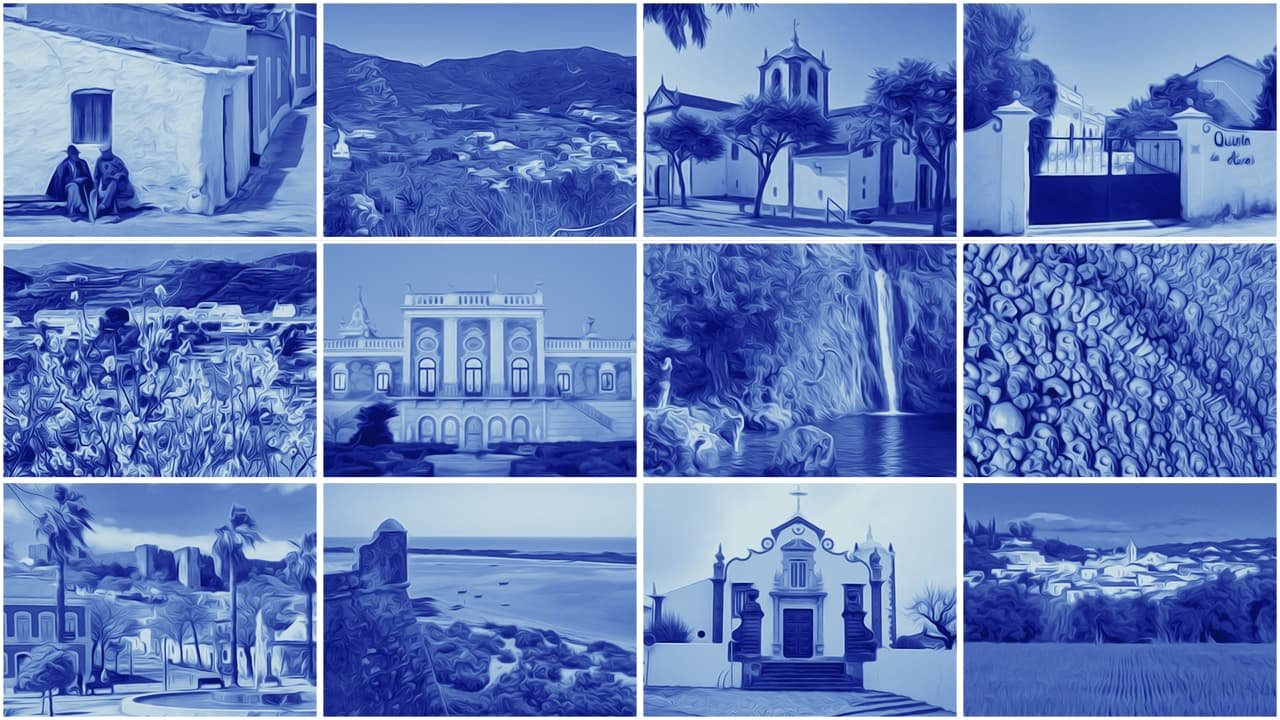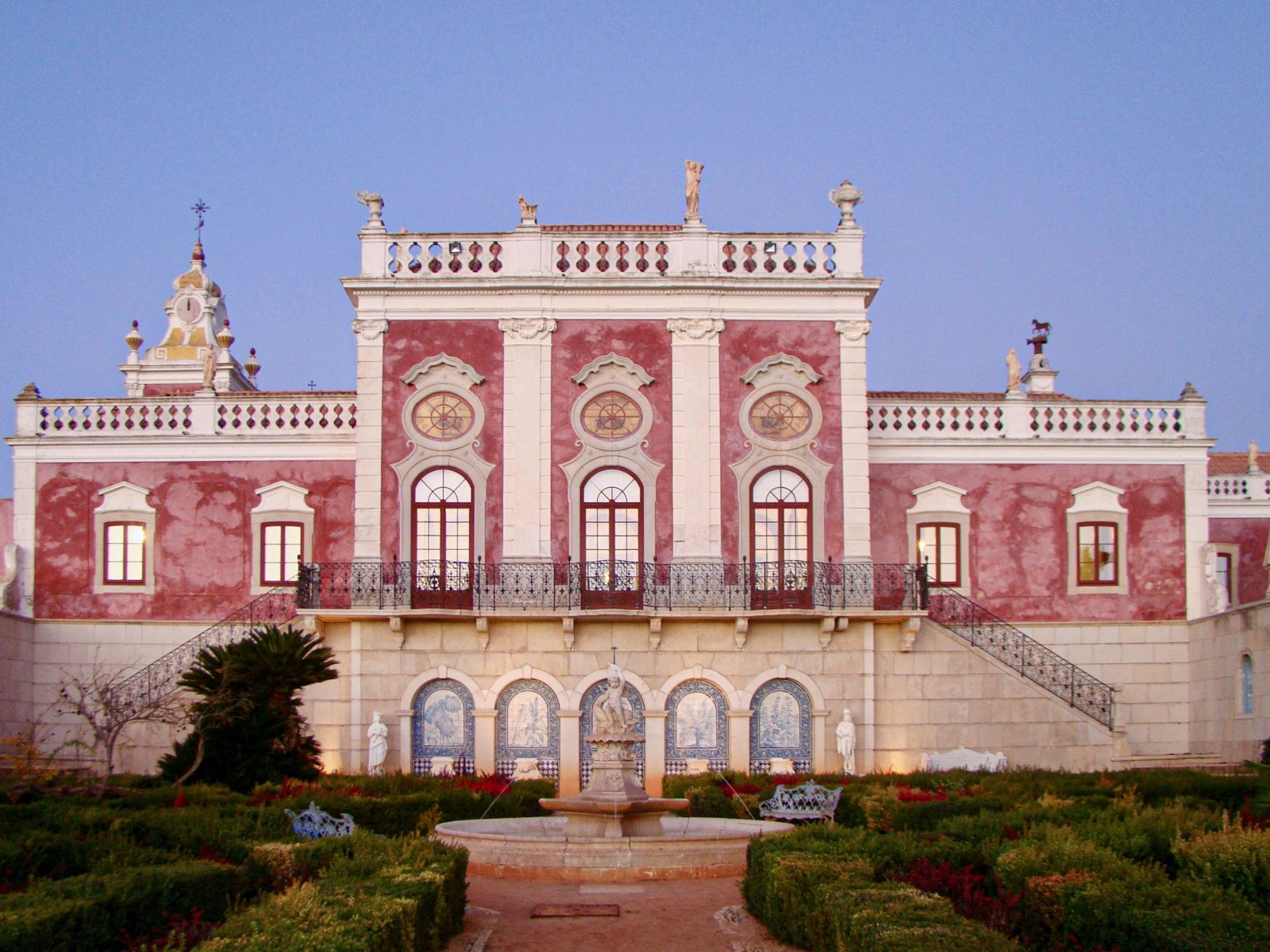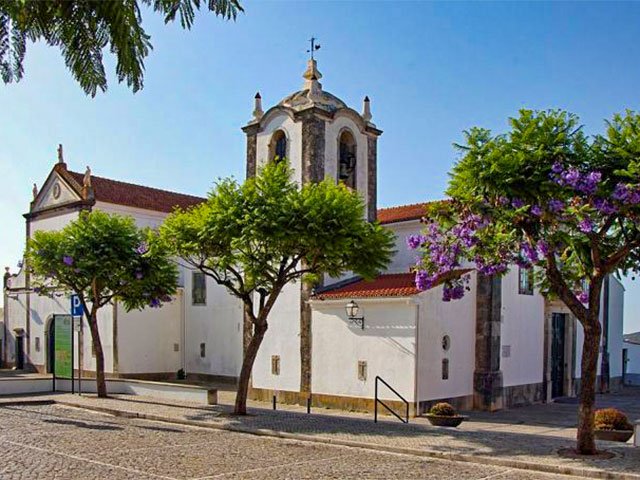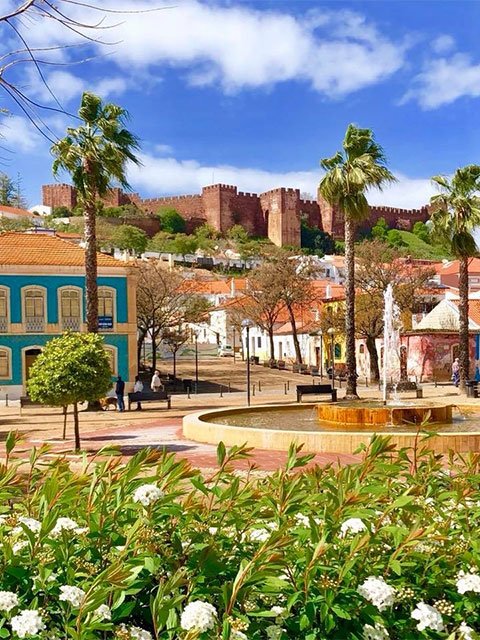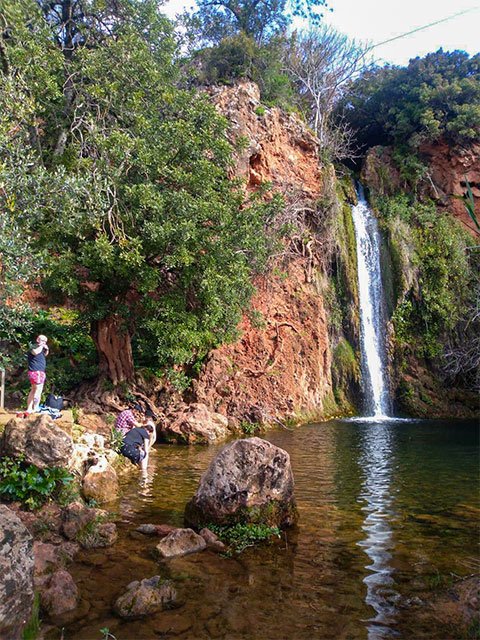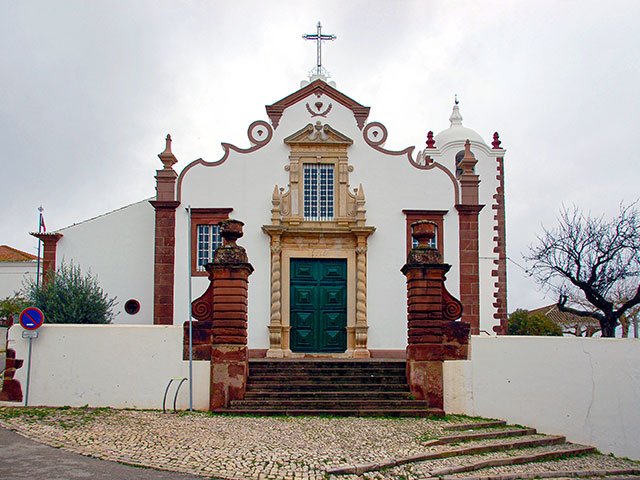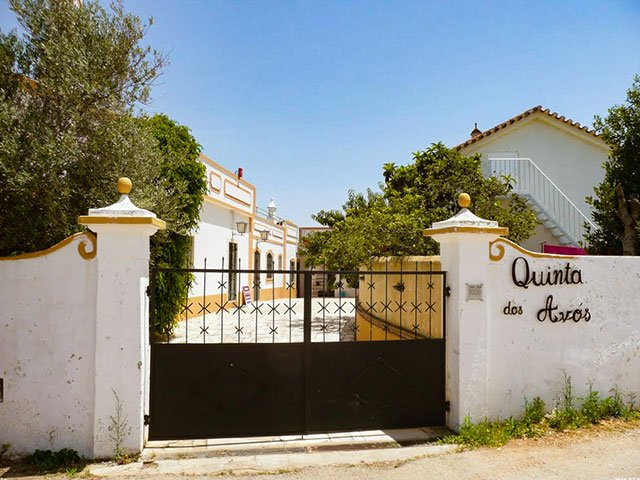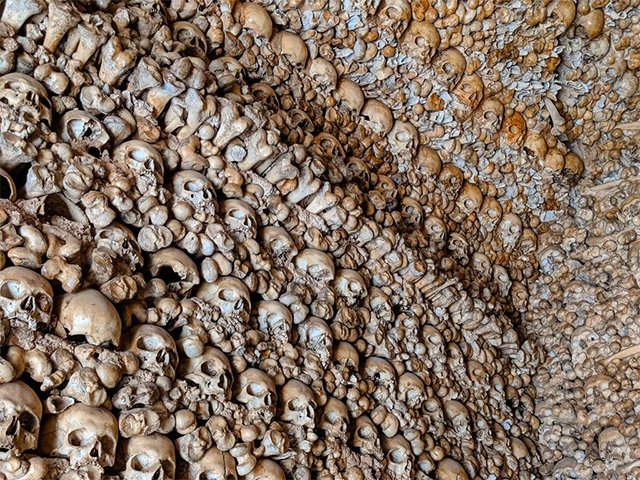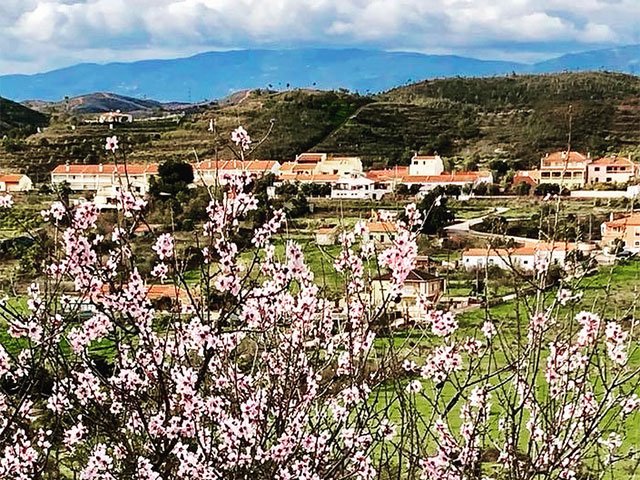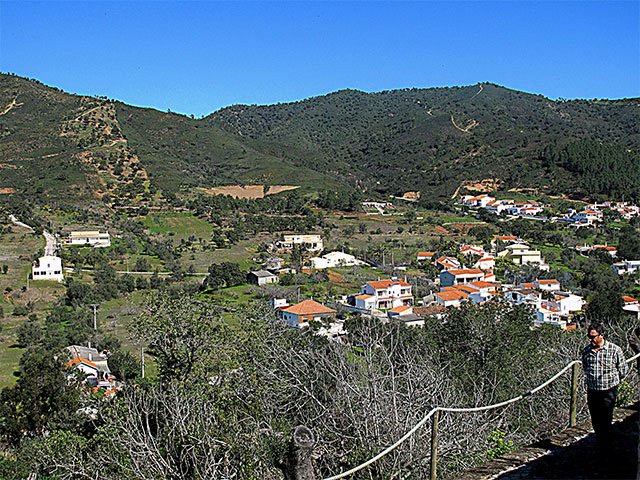The Algarve is dotted with charming little towns that usually go unnoticed when booking holidays in the south of the country. These hidden gems are truly fascinating, both for their natural beauty and for the architectural wonders that remind us of Portugal over the centuries, with all its history and traditions. This is a trip through 12 rural locations that we consider unmissable the next time you visit the Algarve.
Estoi
Estoi is a town in the municipality of Faro and until recently was known as Estói – only in 2004 the Assembly of the Republic changed the name of the parish to Estoi. The calm atmosphere experienced in this location will enchant you. Small, friendly and cartoonish, the village of Estoi often goes unnoticed because it is not leaning against the sea.
It is here you will find the Roman ruins of Milreu, an important vestige of the Roman occupation of the Lusitanian lands. It is also in this parish that the beautiful Palácio de Estoi is located. Its construction began in 1840 and finished in 1909.
Although the building’s facade is simple, it hides the interior’s characteristic opulence of the time (something that can be seen by observing the richly worked stucco rooms and magnificent painted ceilings). The large ballroom, located in the central body of the house, is outstanding; full of stucco, mirrors and paintings. Also noteworthy are the gardens of the palace, which has now been converted into a charming hotel
São Brás de Alportel
São Brás de Alportel is a village surrounded by Tavira, Olhão, Faro and Loulé. In the 19th century the town became an important economic centre due to its cork oak plantations. These plantations encouraged commercial development and made the municipality the largest producer of cork in Portugal and the rest of the world.
The village is in a privileged area, bordered by woods and mountains, and offering spectacular views of the sea and the surrounding region. It was in this small town that Carlos Gago Coutinho was born (although he was registered in Lisbon) and who, together with the aviator Sacadura Cabral, became an aviation pioneer when making the first aerial crossing of the South Atlantic. In São Brás de Alportel there is the very interesting Ethnographic Costume Museum.
Silves
Silves is a rural town in the Algarve region with 6000 inhabitants. Named Xelb, Xilb or al-Shilb during the Muslim rule of the Algarve, Silves was later regained by D. Sancho I in 1189 with the help of a fleet of Danish crusaders. Due to its agricultural prosperity and commercial importance, the city was the capital of the Algarve for several centuries.
It is a typical Algarve town, whose small, narrow houses are whitewashed to reflect the sun. There is an imposing church located next to the castle that watches over the entire city. Castelo de Silves is one of the most important historical monuments in the Algarve. The fortification has the shape of an irregular polygon, surrounded by a strong wall, and outside the main door there is a bronze sculpture of King D. Sancho I. Silves forms part of this list of rural locations due to its rustic and secluded nature which makes the city an unknown place for most tourists visiting the region.
Alte
Alte is a parish in the municipality of Loulé. Located in the Algarve, this small village is extremely charming; it preserves roof terraces, traditional chimneys and alleyways paved in Portuguese ‘calçada’. The Fontes de Alte is considered one of the most pleasant places in the Algarve, with the crystal clear waters of the Alte stream hidden by a wooded area of great beauty bringing peace of mind. The Fonte Grande site, conducive to barbecues and open-air picnics by the riverside, is paradisiacal and is an ideal place for dives into the natural pool.
An excellent way to get to know the Alte region is by a jeep or van excursion by Zebra Safari Tours.
Paderne
Paderne, meaning rough, rude, hard and intractable, is a parish in the municipality of Albufeira. This friendly village, located in the Algarve barrocal, offers splendid natural and architectural landscapes. It is estimated that Paderne Castle was founded by the Almohads (members of a dynasty from Morocco) in the second half of the 12th century. The castle has an albarrã tower with a quadrangular plan that still remains today with a height of more than 9 metres. Two cisterns of the castle testify to the two main periods of occupation of the castle: the Islamic and the Christian.
Cachopo
The village of Cachopo is located in the municipality of Tavira, in the Serra do Caldeirão, between hills and valleys. The rustic aspect of its streets and typical houses is due to the predominance of shale. The inhabitants of Cachopo are mainly dedicated to agriculture, livestock, beekeeping and cork production. The area is also famed for its linen work, the manufacture of arbutus brandy, and sausages.
Take the opportunity to visit the Núcleo Museológico de Cachopo, the ethnographic and anthropological museum that portrays the culture and customs of the people of the Algarve mountains, and the Moinhos de Vento (windmills) designed for the transformation of cereals.
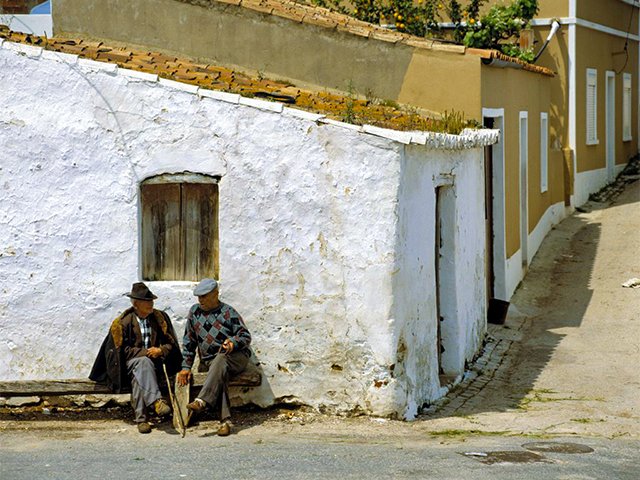
Cacela Velha
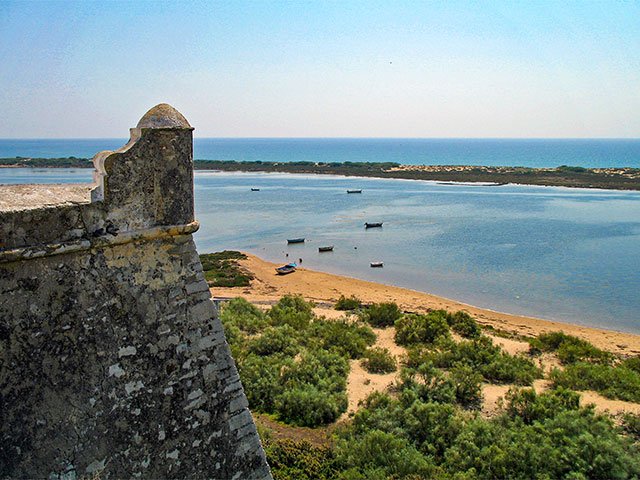
Perched on a cliff facing the estuary, the village of Cacela Velha reminds us of the Algarve as it was half a century ago. In the year 713, during Abdelaziz’s campaigns, Cacela passed into the Muslim domain. In 1240, the village was conquered from the Moors by D. Paio Peres Correia. On June 24, 1833, in the midst of civil war, a liberal force of 2,500 men landed in Cacela and crossed the entire Algarve and Alentejo to evade the absolutist army and enter Lisbon.
This peaceful village enjoys great natural and architectural beauty, as can be seen in typical whitewashed Algarve houses. In addition to cafés and restaurants, the village has a beautiful church and the remains of an 18th century fort.
São Bartolomeu de Messines
São Bartolomeu de Messines is a village of Arab origin, hidden in the middle of mountains and thickets. It is in the Messines area that the Funcho Dam and the Arade Dam store the waters of the Arade River in order to guarantee the water supply of the Algarve during the long and hot summer months.
The poet João de Deus, inventor of the Maternal Booklet, is originally from Messines. The isolated village seems to be stuck in time, immersed in the idle peacefulness characteristic of the rural Algarve.
Algoz
It is believed that the name Algoz originates from the Arabic word “Al-Gûzz” which describes a warrior tribe from the Middle East, which would have settled in the area in the 12th century. In fact, Algoz was an important settlement during the Arab occupation due to its proximity to Silves. The village is known for its production of wine, almonds, wheat, figs, olive oil, tomatoes, cauliflower, strawberries and citrus fruits.
The Chapel of Nossa Senhora do Pilar, the Igreja Matriz, the Granary, the Chapel of S. Sebastião and the Apeadeiro de Algoz complement the historical and cultural heritage of the village.
Alcantarilha
Alcantarilha has traces of remote human occupation, and its elevated location has made it a place of strategic defense. Alcantarilha was strongly influenced by the Moors, something visible in the toponymy itself, derived from “Al-Qântara” which means “bridge”. In this way, “alcantarilha” would mean “the little bridge”, alluding to the old small bridge that crosses the Alcantarilha stream.
The Capela dos Ossos in Alcantarilha constitutes a different attraction and is an exotic beauty. Attached to the Church of Nossa Senhora da Conceição, the chapel dates back to the 16th century. Its interior is lined with more than 1500 human bones, believed to have belonged to Jesuits who perished in the region.
Monchique
Monchique – The presence of the Romans in Caldas de Monchique, seduced by the healing properties of the medicinal waters, led to the construction of a thermal building, which in turn marked the beginning of the importance of the Monchique area.
Over the years, the significance of the spas has increased, leading Portuguese kings and queens to seek them avidly. The name Monchique derives from the name given by the Muslims to the mountain: Munt Šāqir, which means “Monte Sacro”.
The charm of the village of Monchique can be felt on a clear morning when the sunrise illuminates the tranquillity that is breathed in the village, where there are no timetables or traffic jams; just whispers and relaxation.
Salir
It is assumed that the first peoples to settle in Salir were the Celts. Today, Salir is a prosperous agricultural-based parish, producing almonds, carob, olives, cork and wheat.
The village of Salir offers great tourist potential in areas such as agrotourism, tourism and hunting tourism.
From the Castle of Salir there is a spectacular panoramic view of the mountainous landscapes and green hills, with the sea in the background.


